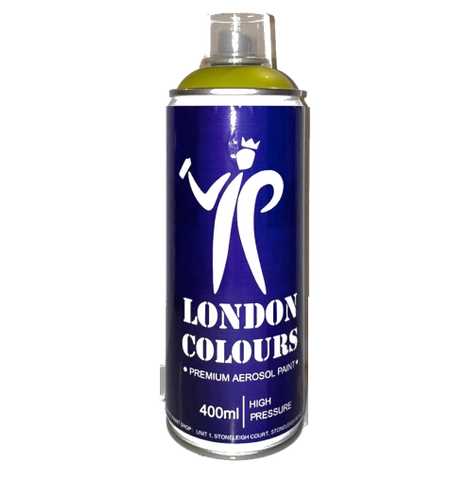
London is a vibrant city with a rich history, bustling streets, and a diverse art scene. One of the most captivating forms of artistic expression in this city is graffiti. From the intricate murals adorning the walls of Shoreditch to the hidden gems tucked away in Camden, London’s graffiti scene is a tapestry of colors that reflects the city’s spirit.
Walking through the streets of London, one cannot help but be mesmerized by the bold and vibrant colors that fill the walls. Graffiti artists from all over the world flock to the city to leave their mark, resulting in an ever-changing canvas of creativity. Each piece tells a story, whether it’s a political statement, a tribute to a local hero, or simply an artist’s whimsical imagination brought to life.
The graffiti in London is not confined to a single style or theme. It is a melting pot of different techniques, from stencils to freehand spray paint. Artists often incorporate elements of street art, pop culture references, and social commentary into their work, making each piece unique and thought-provoking.
London’s graffiti scene has become an integral part of the city’s cultural landscape. It has transformed neglected areas into vibrant, living galleries, attracting tourists and locals alike. The government has embraced this form of art, providing legal spaces for artists to showcase their talent and fostering a sense of community and creativity.
If you find yourself in London, take the time to explore the colors of its graffiti. You never know what hidden gems you might discover or the stories they may tell. Each piece is a testament to the beauty of artistic expression and a reminder of the city’s vibrant soul.
London as an Urban Canvas
London is not only known for its historical landmarks and iconic architecture, but also for its vibrant street art scene. Graffiti has become a prominent form of artistic expression in the city, transforming its streets into a dynamic and ever-changing urban canvas.
As you wander through the diverse neighborhoods of London, it is impossible to ignore the colorful and imaginative graffiti that adorns the walls. From large-scale murals to intricate stencils, the city’s graffiti artists leave their mark in various styles and genres.
The graffiti scene in London is a reflection of the city’s multicultural identity and the diverse perspectives of its residents. Artists from different backgrounds and cultures come together to create powerful and thought-provoking works of art. Through their art, they address social and political issues, challenge the status quo, and celebrate the beauty of diversity.
The Evolution of Street Art in London
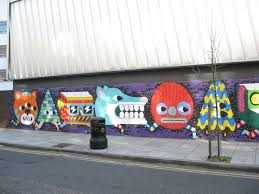
The history of graffiti in London dates back to the 1970s when it emerged as a form of rebellion against the establishment. What started as simple tags and scribbles has evolved into a complex and highly skilled art form over the years.
The emergence of street art festivals and dedicated spaces for graffiti, such as the famous Leake Street Tunnel, have provided artists with legitimate platforms to showcase their talent. These spaces have transformed into vibrant galleries, attracting locals and tourists alike.
Despite the growing appreciation for street art, it remains a controversial art form. While some argue that graffiti is vandalism and should be eradicated, others view it as an integral part of the urban landscape that adds character and creativity to the city.
London’s Graffiti Hotspots
London is home to several graffiti hotspots where you can witness the creativity of its vibrant street art scene. From the vibrant streets of Shoreditch to the colorful walls of Camden Town, there is no shortage of artistic inspiration in the city.
| Neighborhood | Graffiti Hotspot |
|---|---|
| Shoreditch | Brick Lane |
| Camden Town | Camden Lock Market |
| Brixton | Stockwell Hall of Fame |
| South Bank | Leake Street Tunnel |
These hotspots not only offer a feast for the eyes, but also provide insight into the rich cultural tapestry of London. They showcase the talent of both local and international street artists and provide an immersive experience for art enthusiasts.
London’s streets have truly become an urban canvas, showcasing the creativity and diversity of its residents. As you explore the city, take the time to admire the vibrant graffiti that tells the stories and experiences of those who call London home.
The Art of Expression
Graffiti has long been a form of artistic expression, and nowhere is this more evident than on the streets of London. The vibrant colors and intricate designs found in London’s graffiti scene are a testament to the creativity and skill of the city’s artists.
For many, graffiti is a way to express their individuality and make a statement about the world around them. It is a medium that allows artists to communicate their thoughts, feelings, and opinions in a visually striking and public way.
In London, graffiti has become an integral part of the city’s cultural landscape. From the iconic murals of Banksy to the small tags and throw-ups that can be found throughout the city, graffiti is a constant presence on London’s streets.
One of the most intriguing aspects of London’s graffiti scene is its ever-changing nature. Artists constantly add new pieces to walls, buildings, and even the city’s iconic underground trains. This constant evolution keeps the art form fresh and exciting, and allows for a sense of discovery and surprise every time you wander through the streets of London.
However, graffiti is not without its controversies. While some see it as a form of artistic expression and a way to beautify public spaces, others view it as vandalism and a blight on the cityscape. The debate over graffiti’s place in society continues to rage on, but one thing is for certain – it provokes a reaction and gets people talking.
Whether you love it or hate it, there is no denying the impact that graffiti has had on the visual landscape of London. It adds a layer of vibrancy, creativity, and individuality to the city – a splash of color in an otherwise grey urban environment.
So next time you find yourself wandering the streets of London, take a moment to appreciate the art of expression that is graffiti. It is a unique and powerful form of art that adds to the dynamic and ever-changing fabric of the city.
| Advantages | Disadvantages |
|---|---|
| Gives artists a platform to express themselves | Some view it as vandalism |
| Brings color and vibrancy to the city | Can be seen as a blight on the cityscape |
| Creates a sense of discovery and surprise | Can provoke a negative reaction from some people |
| Adds to the cultural landscape of London | Controversial debate over its place in society |
Street Art vs. Graffiti
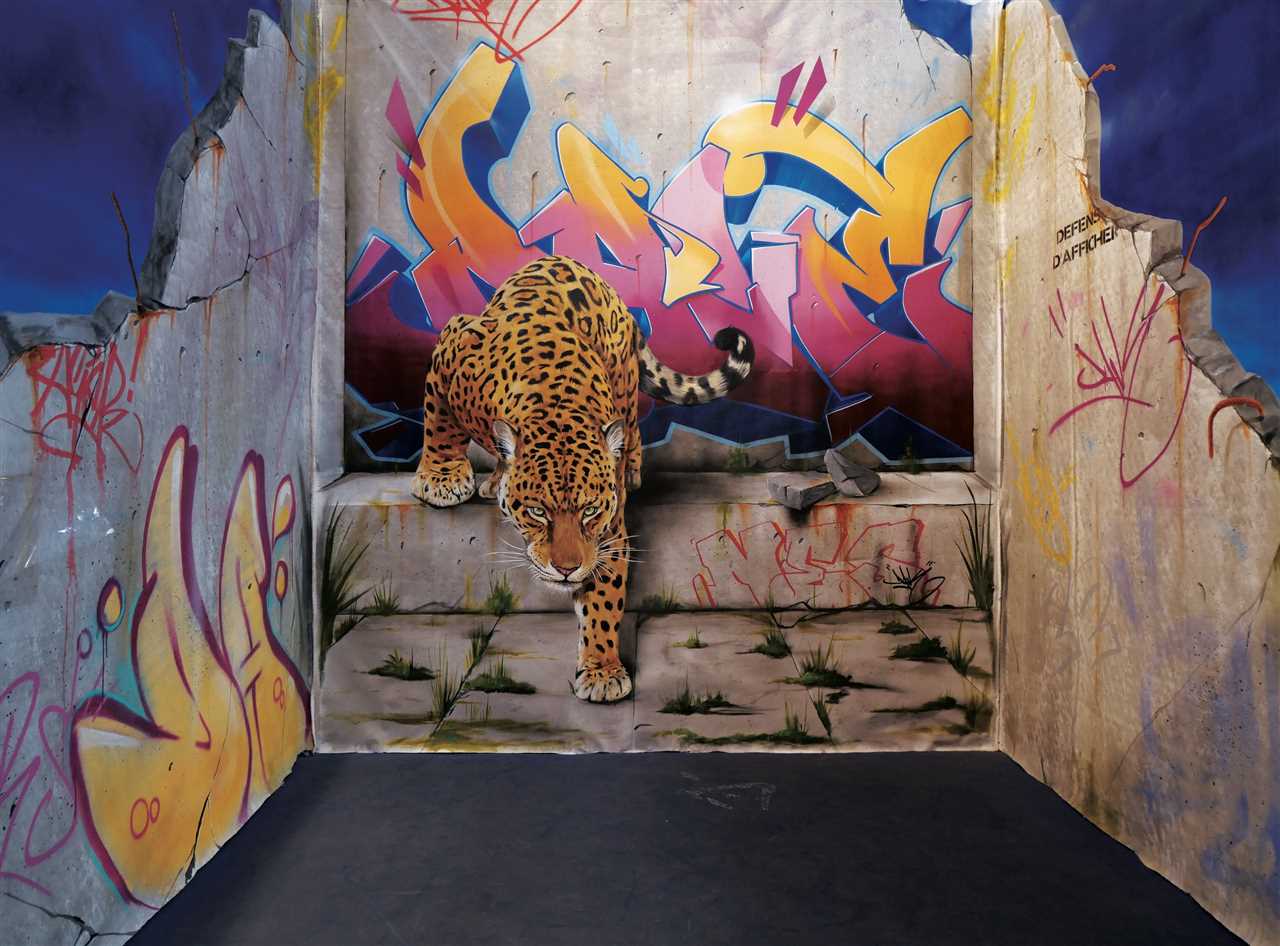
When exploring the vibrant streets of London, it is impossible not to notice the abundance of colorful and captivating artwork adorning the walls. However, many people may be confused about the distinction between street art and graffiti. Although the two are often used interchangeably, they have distinct characteristics and meanings.
Street art is a form of artistic expression that is created in public places, typically using stencils, spray paint, and various other materials. It often focuses on delivering social or political messages, and it is frequently characterized by its creativity, detail, and intricate designs. Street art is considered legal in many cases, as artists often obtain permission from property owners to create their works.
Graffiti, on the other hand, is generally associated with illicit or unauthorized markings made without permission. It often consists of simple tags or scribbles made with spray paint, markers, or other types of writing instruments. Graffiti is often seen as a form of vandalism and is illegal in many jurisdictions.
While street art is celebrated for its artistic merits and ability to beautify urban environments, graffiti is often seen as a form of urban blight or symbol of criminal activity. The distinction between the two is subjective and can vary depending on personal opinions and societal norms.
| Street Art | Graffiti |
|---|---|
| Focused on delivering social or political messages | Often consists of simple tags or scribbles |
| Considered legal in many cases | Generally seen as a form of vandalism |
| Characterized by creativity, detail, and intricate designs | Often associated with illicit or unauthorized markings |
Ultimately, both street art and graffiti contribute to the visual landscape of cities and can provoke thought and discussion. However, it is important to respect the boundaries and legality associated with creating art in public spaces.
Exploring Different Styles

One popular style of graffiti in London is street art. Street art often combines bold colors and edgy designs to make a statement. Artists like Banksy have gained international recognition for their thought-provoking pieces, which often address social and political issues.
Another style of graffiti commonly seen in London is stencil art. Stencil art involves creating a design or image by cutting out a stencil and then spraying paint over it. This technique allows for precise and detailed artwork to be created quickly and efficiently. Stencil art can range from simple icons and logos to complex and realistic portraits.
Tagging is another style of graffiti that can be found throughout London. Tagging involves a quick and stylized signature that often represents the artist’s name or crew. This style of graffiti is typically done with spray paint or a permanent marker and can be found on walls, bridges, and other surfaces throughout the city.
| Style | Description |
|---|---|
| Street Art | Combines bold colors and edgy designs to address social and political issues. |
| Stencil Art | Involves creating a design by cutting out a stencil and then spraying paint over it. |
| Tagging | Quick and stylized signature representing the artist’s name or crew. |
These are just a few examples of the different styles of graffiti that can be found in London. The city is a vibrant and ever-changing canvas for artists to express themselves and leave their mark.
Meaning Behind the Tags

London graffiti is known for its vibrant and expressive nature. Street artists use tags to leave their mark on the city, but these tags are not just random names or symbols. Each tag carries a deeper meaning, reflecting the artist’s identity, message, or inspiration.
One common theme found in London graffiti tags is social commentary. Artists often use their art to share their thoughts on current events, politics, or social issues. Tags may include powerful messages about inequality, discrimination, or environmental concerns, drawing attention to these important topics in a visually striking way.
Another common motif in London graffiti tags is personal identity. Many artists incorporate their names, initials, or aliases into their tags as a way to establish their presence and make their mark in the street art scene. These tags become a visual representation of the artist’s individuality and allow them to leave a lasting impression on the city’s walls.
Symbolism and Metaphor

Some London graffiti tags go beyond the use of words and incorporate symbolism and metaphor. Artists may use imagery, such as animals or objects, to convey their message or convey a specific emotion. These symbols can add depth and complexity to the artwork, inviting viewers to interpret the meaning behind the tags.
A common symbol seen in London graffiti tags is the crown. This represents the city’s rich history and heritage, as well as the artist’s desire to be recognized and respected in the urban art community. The crown can also be seen as a statement of power and authority, challenging societal norms and expectations.
Community and Collaboration
London graffiti tags also foster a sense of community and collaboration among artists. Many street artists work together to create large-scale murals or collaborative pieces, combining their unique styles and talents. These tags not only showcase individual creativity but also reflect the bonds and relationships formed within the street art community.
Influence of Street Art on Society
Street art has long been a powerful form of expression that holds a unique place in modern society. The vibrant colors and bold designs of graffiti can be seen on the walls of buildings, underpasses, and alleyways, creating a striking contrast to the gray concrete of the city. This art form has a profound influence on society, shaping our views, inspiring creativity, and sparking important conversations.
1. Shifting Perspectives

Street art challenges the traditional notions of art by bringing it out of the confines of galleries and museums and into the public space. It forces people to confront art in unexpected places, breaking down barriers and democratizing the art world. This accessibility makes art more inclusive and allows a diverse range of voices to be heard.
Moreover, street art often addresses social and political issues, offering a platform for marginalized groups to express their experiences and concerns. It sheds light on topics that may be ignored by mainstream media, drawing attention to issues such as inequality, racism, and environmental degradation. By doing so, street art encourages society to question the status quo and reevaluate deeply ingrained beliefs.
2. Inspiring Creativity

Street art is a constant source of inspiration for artists and creatives across all disciplines. Its vibrant colors, intricate designs, and innovative techniques push the boundaries of what is considered art. It encourages experimentation and the exploration of unconventional materials and mediums.
Street art also serves as a visual archive of the cultural and historical events that shape our society. It captures the spirit of a time and place, preserving it for future generations. Artists can draw inspiration from the themes and techniques showcased in street art, incorporating them into their own work to create a dialogue between the past and the present.
Additionally, street art has the power to transform neglected spaces into vibrant, engaging areas that foster a sense of community. A once dull wall can become a canvas that sparks conversations, builds connections, and brings people together. This sense of unity and pride in public spaces can have a positive impact on the overall well-being and happiness of a community.
Challenges and Controversies
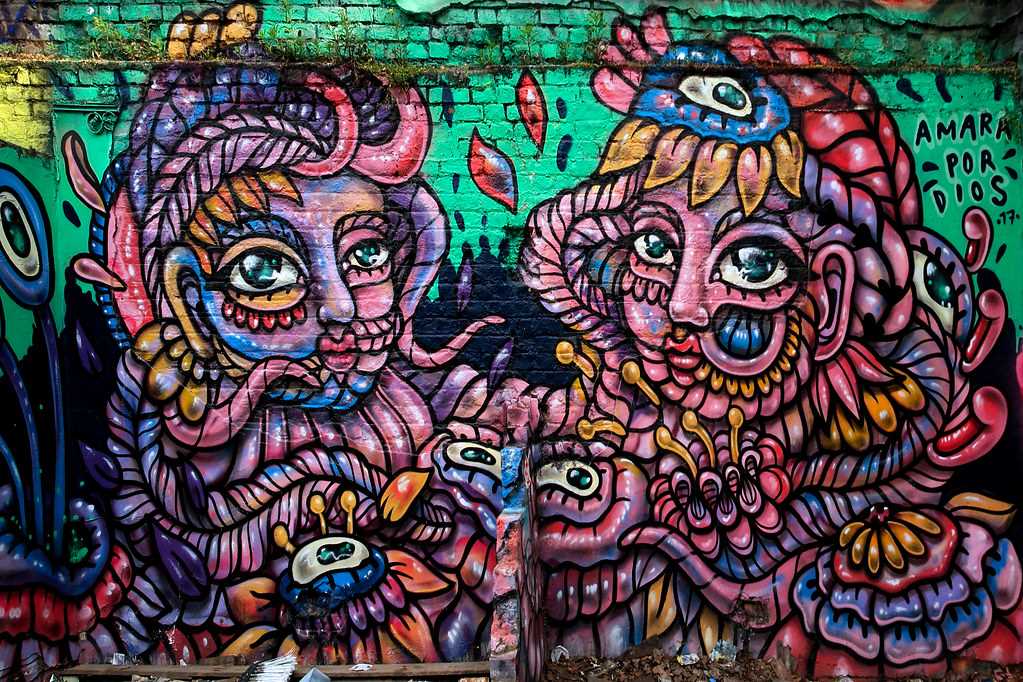
Graffiti has long been a contentious form of artistic expression, and London is no exception. While many see graffiti as a vibrant and dynamic art form that adds character to the city, others view it as vandalism and an act of defacement. This divide has led to ongoing debates and challenges for both the artists and the city.
One of the main challenges faced by graffiti artists in London is finding suitable and legal places to create their art. With strict laws against street art, artists often have to resort to painting illegally, which puts them at risk of prosecution and fines. The constant need to find new locations and evade the authorities can be a source of frustration and stress.
Another controversy surrounding graffiti in London is the issue of ownership and the perception of public space. While graffiti is often seen as a form of rebellion and a way to reclaim public spaces, critics argue that it infringes on the rights of property owners and the public to enjoy clean and visually appealing surroundings.
Furthermore, graffiti is not immune to criticism within the art world itself. Some critics argue that graffiti lacks the technical skill and conceptual depth of other art forms, and is merely a form of self-indulgence or attention-seeking behavior.
In recent years, however, there has been a growing recognition of graffiti as a legitimate art form. The rise of street art festivals and dedicated spaces for graffiti, such as the famous Leake Street Tunnel, has allowed artists to showcase their work in a more accepted and celebrated way.
Despite the challenges and controversies surrounding graffiti in London, it continues to thrive and evolve as a vibrant part of the city’s cultural landscape. Whether loved or loathed, the colorful and often thought-provoking images that adorn its walls are undeniably a testament to the creative spirit of the city.
Preservation and Documentation
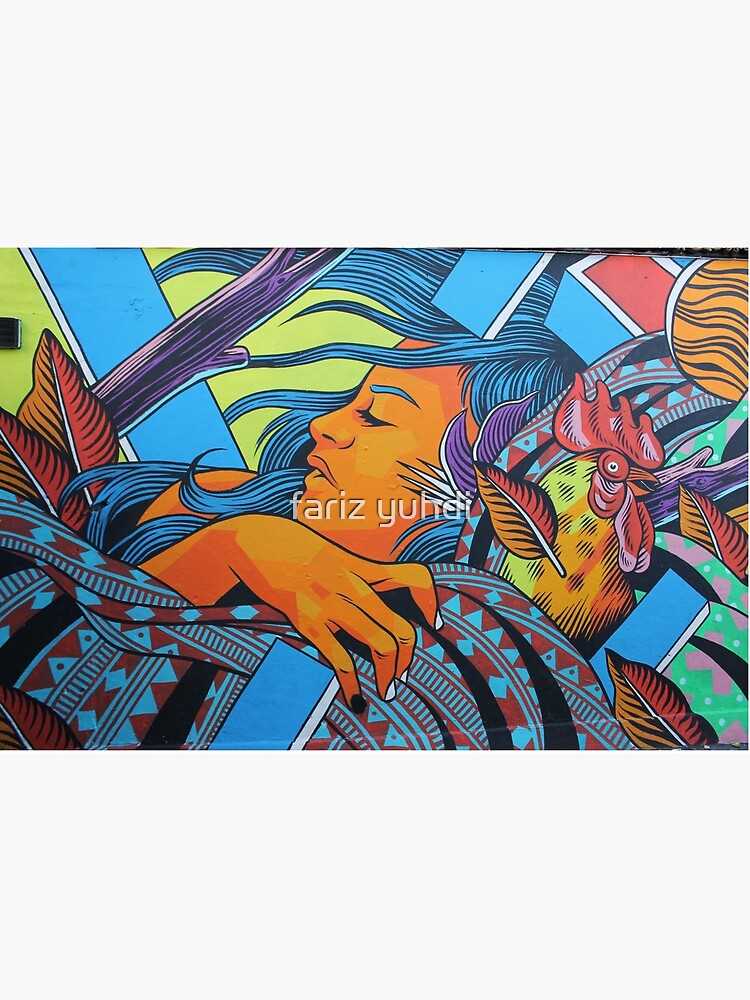
Preserving and documenting London’s graffiti art is crucial in order to capture and appreciate this unique form of artistic expression. While graffiti is often seen as temporary and transient, efforts have been made to document and preserve these works for future generations to enjoy.
Documentation Techniques
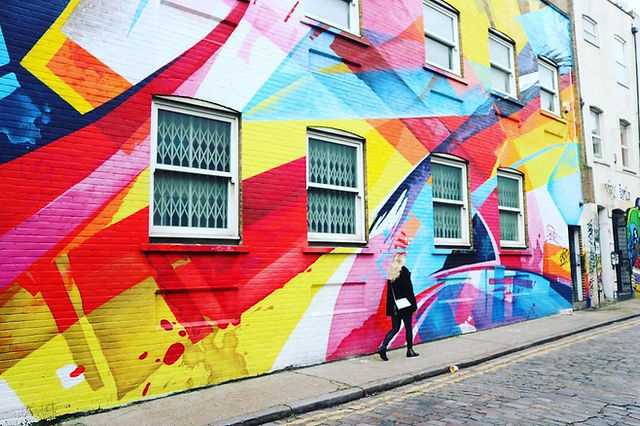
There are several techniques used to document graffiti art in London. One common method is photography. Photographers capture the vibrant colors and intricate details of the graffiti, ensuring that the art can be viewed even after it may no longer be present in physical form. High-resolution images are taken to capture every brushstroke and color gradient accurately.
Another technique is video documentation. Videos provide a dynamic way to capture the movement and scale of graffiti art. Filmmakers often interview the artists to gain insight into their creative process, motivations, and the meaning behind their works. These interviews add another layer of understanding to the art, allowing viewers to appreciate the art beyond its visual appeal.
Preservation Efforts

Preservation efforts for London’s graffiti art involve various strategies to protect and maintain the art. Street art organizations collaborate with local authorities to implement protective measures such as clear coatings or physical barriers to prevent damage caused by weather or vandalism.
In some cases, graffiti works are even moved indoors to galleries or museums to ensure their long-term preservation. These controlled environments allow visitors to experience the art in a more regulated setting while protecting it from external elements.
Another preservation method involves creating digital archives of graffiti art. Organizations have started digitizing graffiti works, making them accessible to a broader audience. The digitized versions not only ensure the preservation of the art but also allow for interactive experiences such as virtual tours, educational resources, and online exhibitions.
Importance of Preservation and Documentation

Preserving and documenting London’s graffiti art is essential because it allows future generations to understand and appreciate the cultural and historical significance of these works. By capturing the art in its original context and utilizing various documentation techniques, the essence of each piece can be conveyed beyond the physical presence of the work itself.
Moreover, preserving graffiti art helps protect the artistic integrity of the city. By recognizing and embracing graffiti as a legitimate art form, London can celebrate its vibrant urban culture and foster an environment that encourages creativity and self-expression.

I am a mural enthusiast and a fervent admirer of street art. Rather than creating murals myself, I am passionate about collecting them. My love for street art knows no bounds. I am dedicated to curating and cherishing these artworks that grace the streets. My collection stands as a testament to my profound appreciation for this form of artistic expression.
read about me



